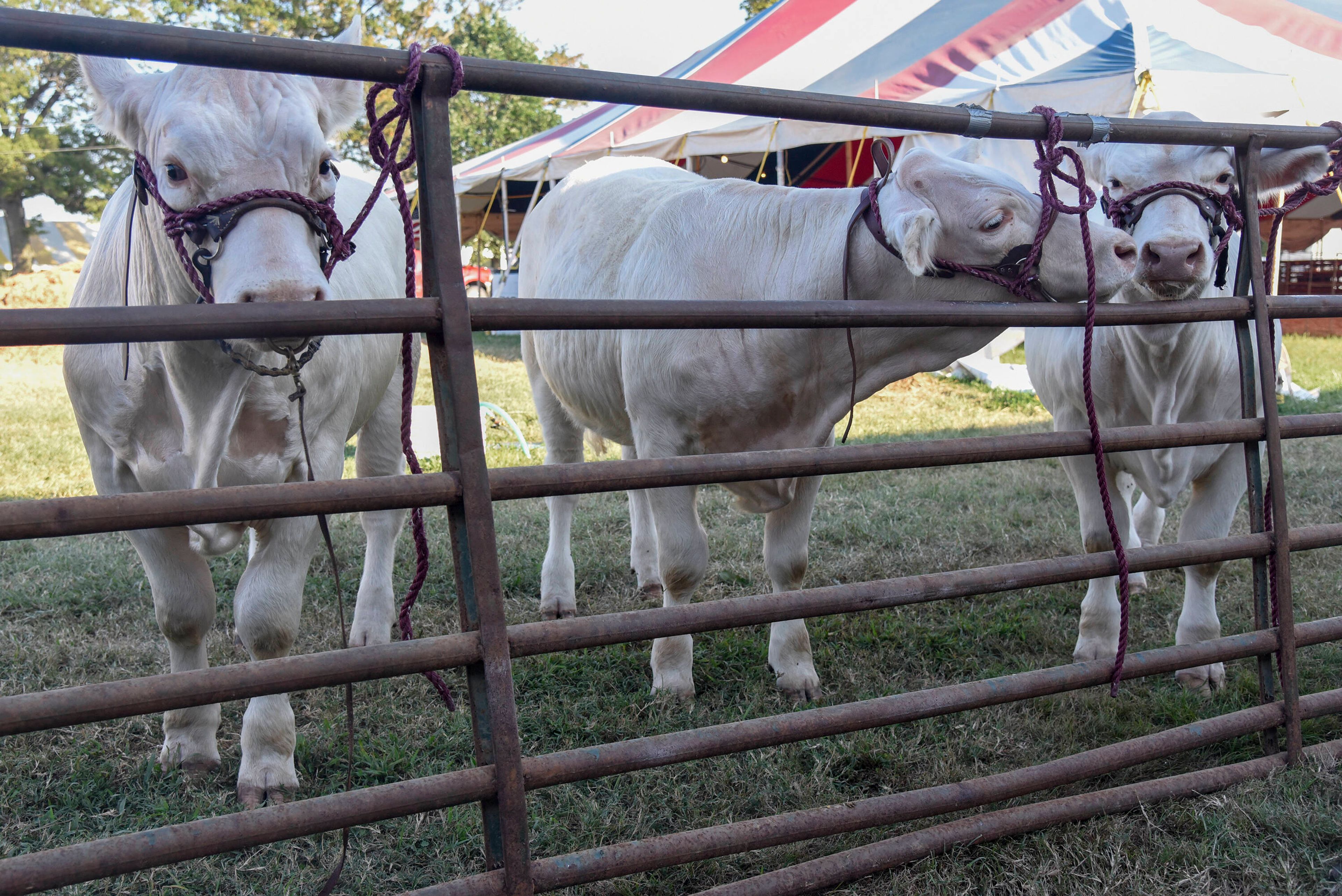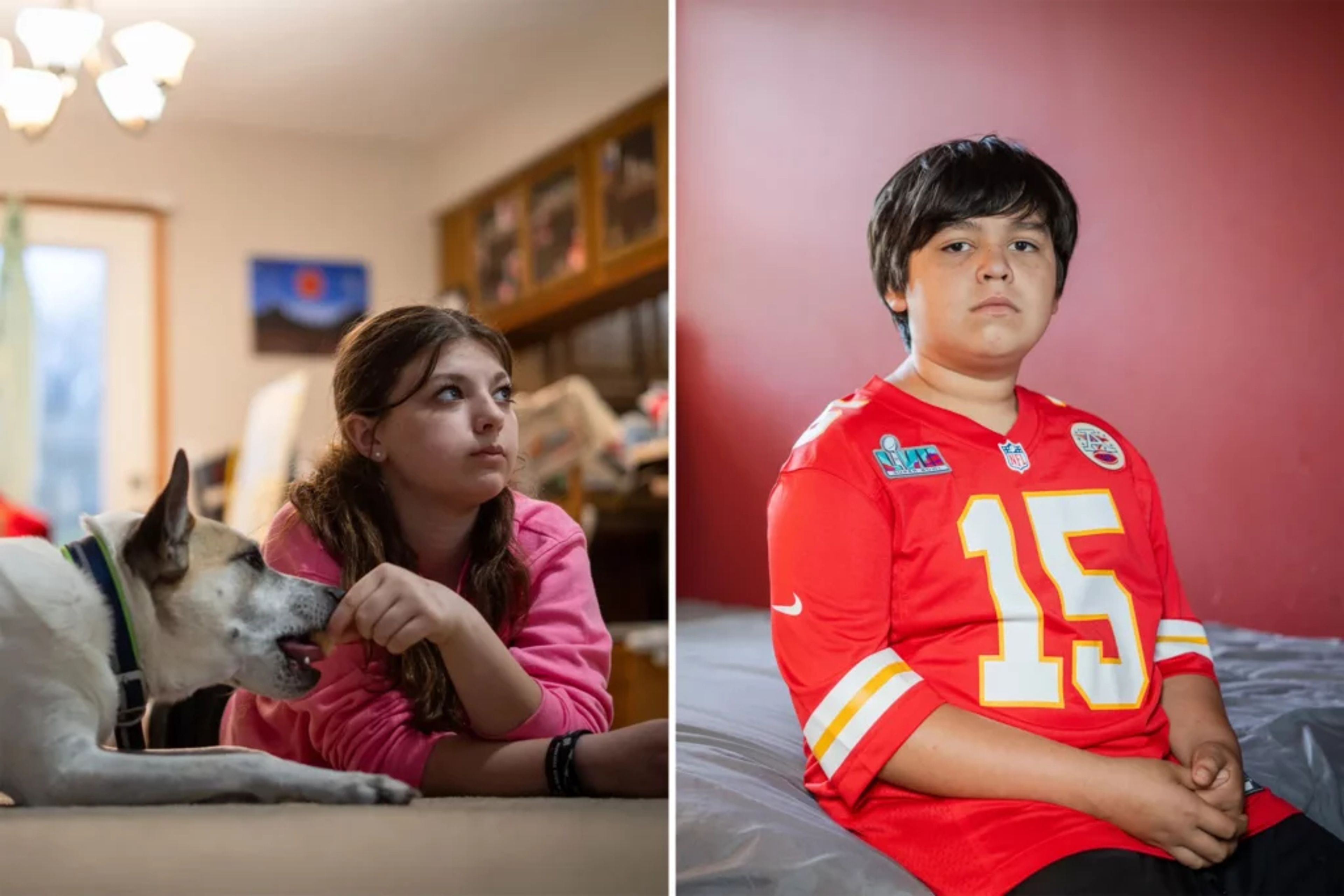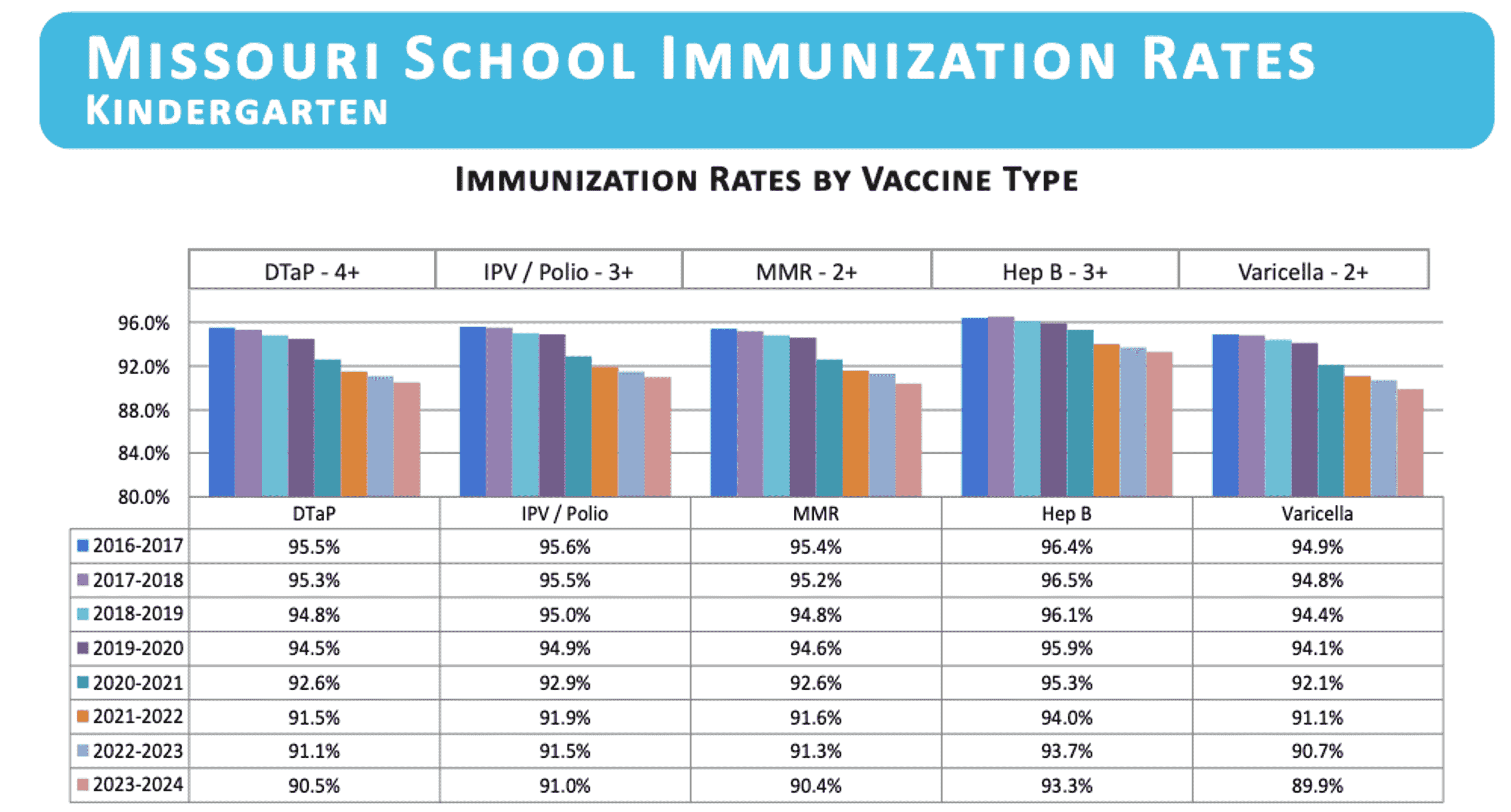SEMO District Fair and Missouri Department of Agriculture officials clarified the state’s position on required health inspections for animals shown and displayed at fairs.
A livestock specialist with the University of Missouri Extension explained in a recent Southeast Missourian article that animals shown at fairs would need a certificate of veterinarian inspection, or a CVI, in order to show.
That policy will not go into effect statewide until 2025, multiple fair and state agriculture officials said. The SEMO District Fair will not require CVIs for entries this year for any livestock from Missouri, though federal regulations require CVIs for livestock crossing state lines. The state also requires negative tests on lactating dairy cows, though the only cows shown by exhibitors at the SEMO District Fair will be “dry cows”, said John Schoen, a dairy farmer and dairy superintendent at the SEMO District Fair. There will be a milking demonstration at the fair, for which people will be separated by 20 or more feet from the cows.
The CVI rules set for 2025 are meant to help prevent the spread of illness to other livestock, and potentially humans in certain cases such as the bird flu.
Schoen said he doesn’t want fears of bird flu to keep people, especially children, from coming to the fair to interact with the animals. He and fair director Darrell Aufdenberg reiterated that no human cases have been reported in Missouri. So far, the human cases have been reported only in Colorado. Schoen added that the biggest risk for humans contracting bird flu is through mucus and saliva from the cow’s nose and mouth.
Some of the Centers for Disease Control and Prevention recommendations for those showing cattle that were reported in a recent article are common sense, and some of them don’t necessarily apply to SEMO District Fair operations, Shoen said.
One of the recommendations is to limit the amount of time certain animals are on display, but Schoen said the dairy cattle are only at the fair from Saturday until Monday evening, “and the biggest thing we’ve changed this year is limiting the contact with people,” he said. “But we still let them go through the barns, look at the cattle and try to keep everything as normal as we can.”
The purpose of having livestock at the fair, Schoen said, is “to have the public connection with livestock. We can’t get away from that.” The CDC recommendations are “a lot of common sense things, like refraining from drinking near animals, avoid touching the mouth or eyes while in animal areas. Usually parents who bring their kids down here are very respectful and they’re just taking it all in.”
He said almost all fairgoers who come through the tent don’t get close enough to the animals to be at risk of catching anything from the animals, especially if they don’t touch the nose and mouth of the animals.
Aufdenberg said any animal showing outward symptoms of illness are not allowed in the fair. If they begin to show symptoms while at the fair, they will be removed, he said.










